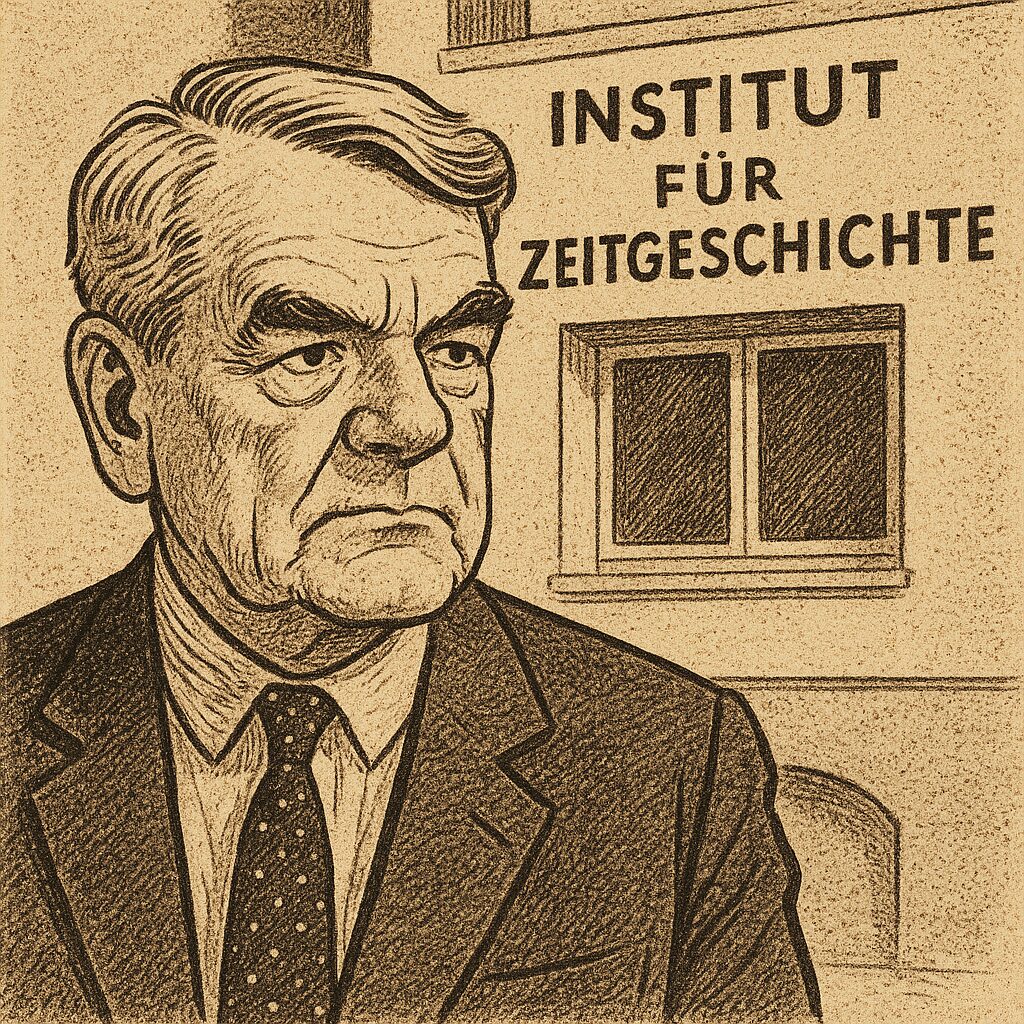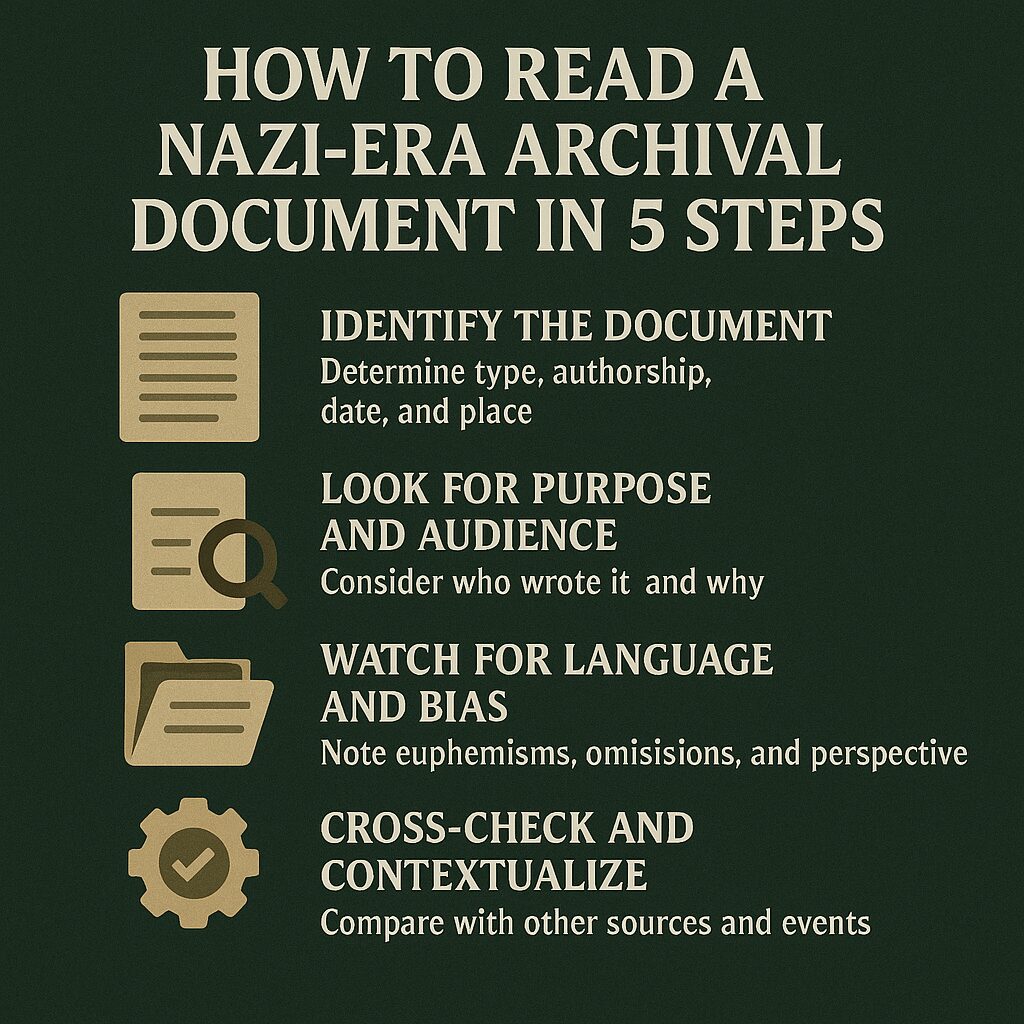We are honored to announce the release of a significant historical collection:
The Digitized Milch Documents, an essential archive for anyone seeking to understand the administrative, logistical, and organizational dimensions of the Third Reich’s wartime efforts.
This project marks the first time a large portion of Field Marshal Erhard Milch’s wartime papers has been made digitally accessible to the global research community — meticulously scanned, preserved, and presented to meet the highest standards of historical inquiry.
A Closer Look at Erhard Milch and His Historical Importance
Erhard Milch (1892–1972) was no ordinary figure in Nazi Germany. As a World War I veteran and an early advocate for air power, Milch rose to become one of the most powerful men in the Luftwaffe, second only to Hermann Göring.
As State Secretary of Aviation and later Inspector General of the Luftwaffe, Milch was responsible not just for tactical operations, but for the industrial and bureaucratic machinery that sustained Germany’s air war — aircraft production, resource management, personnel logistics, and organizational innovation.
His background in civil aviation (notably his role in building up Lufthansa) brought a businesslike efficiency to military structures, which became critical as Germany plunged deeper into total war.
However, his story is complex: Milch’s Jewish ancestry (his father was allegedly Jewish) created tension within the Nazi hierarchy, while his brutal management style and involvement in forced labor programs would later lead to his prosecution for war crimes at the Nuremberg Trials.
Thus, studying Milch’s papers is not merely studying an administrator — it is studying the workings of a massive wartime apparatus, the moral compromises of bureaucratic leadership under dictatorship, and the delicate politics within the Nazi elite.
What the Milch Documents Reveal
The documents in this newly digitized archive are drawn from operational records, internal memoranda, strategic correspondences, and production reports between 1935 and 1945, when the Luftwaffe was at both its zenith and its catastrophic decline.
Key themes include:
-
The Luftwaffe’s industrial expansion: Memos and reports detailing aircraft production rates, bottlenecks in the supply chain, and strategies to mobilize the economy for total war.
-
Resource management under blockade: Insights into how Germany adapted to Allied bombing, raw material shortages, and logistical disruptions.
-
Forced labor programs: Administrative correspondence on labor allocation, including the exploitation of foreign workers and prisoners of war.
-
Internal conflict and power struggles: Documents showing Milch’s tensions with other Nazi leaders such as Göring, Albert Speer, and even Hitler himself.
-
Personnel and training records: Files revealing how pilot shortages, technical skill gaps, and accelerated training regimens affected the Luftwaffe’s effectiveness in the latter stages of the war.
-
Strategic errors and defensive desperation: Late-war communications where Milch sought, and often failed, to stave off the collapse of Germany’s air defenses.
This collection not only serves military historians but also scholars of governance, economics under authoritarianism, the sociology of institutions, and the ethical failures of technocratic elites.
Why This Collection Matters Today
Historians have long known that the Third Reich’s power rested not merely on ideology and terror but also on the “banality of evil” — the efficient, organized administration of atrocity through bureaucratic means.
Milch’s documents provide a living case study of how industrial rationality was bent to serve catastrophic ends.
In an era where technocratic governance, ethical compromises, and industrial militarization are once again global concerns, the lessons hidden in these papers remain disturbingly relevant.
For researchers, this collection offers primary-source material that is critical for reassessing:
-
The myth of the Luftwaffe’s invincibility
-
The real causes of Germany’s strategic failures
-
The internal moral decay of Nazi Germany’s leadership
-
The hidden networks of cooperation and sabotage within the regime itself
Collection Details
-
Scope: Thousands of pages of digitized material
-
Format: High-resolution PDFs and metadata-tagged documents for easy navigation
-
Provenance: Assembled from declassified Allied war archives, private collections, and postwar investigations
-
Availability: Accessible for academic researchers and history enthusiasts; special licensing for publications and media use
Explore the Collection
We invite you to explore this rare historical trove and rediscover one of the most important, yet often overlooked, figures of the Second World War through his own papers.
If history teaches anything, it is that the machinery of destruction is built not only by ideologues but also by administrators, engineers, and office workers.
Through the Milch Documents, we gain a sharper understanding of how wars are fought — not just on the front lines, but deep within the corridors of power.
History preserved. History confronted. History illuminated.



